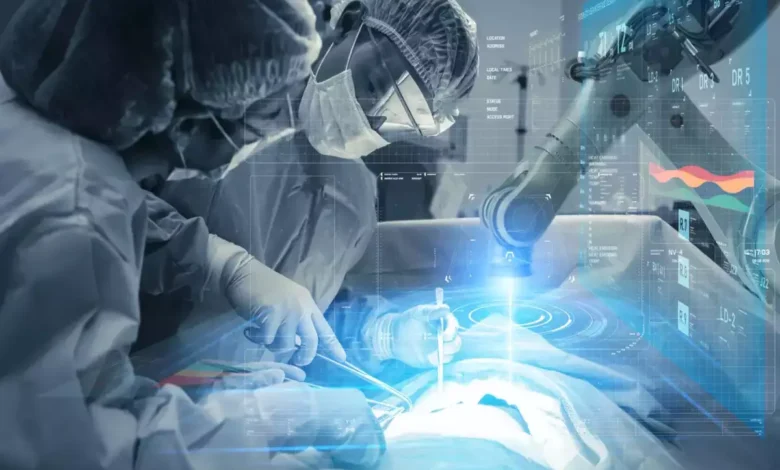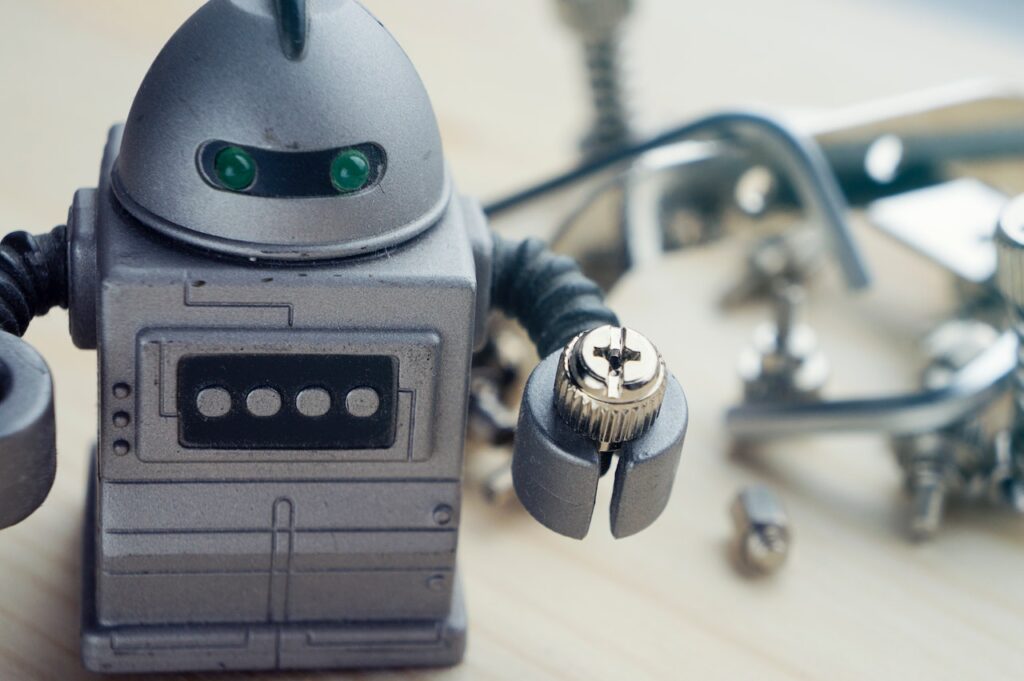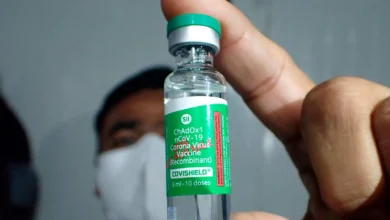Inoperable tumour no match for new surgical robot technology
Despite the hurdles, the surgery was a triumph. Deir is now on the road to recovery, relearning basic human functions like speaking and swallowing.

As the world of medical technology continues to evolve, robots are stepping up to the operating table, armed with the potential to perform surgeries with precision that could rival the steadiest of human hands. Despite the skepticism of die-hard humanists, a recent report showcases how this advanced tech could be a game-changer in critical situations.
Enter the Da Vinci surgical robot, a hero of sorts in the world of robotic surgery. In a recent case, this mechanical marvel worked its magic on an inoperable tumour that had human doctors throwing in the towel, according to a CBC report. Glenn Deir, the patient in question, tells a tale of how his life hung in the balance until Da Vinci stepped in.

The Story
Glenn Deir’s journey with cancer began in his left tonsil, a result of the human papillomavirus, infamous for causing cervical cancer. Unfortunately, his condition was so severe that no doctor was willing to risk an operation.
In the face of such adversity, one of his doctors proposed a solution – the Da Vinci robot. Yet, this was no walk in the park. The surgery, which lasted 2.5 hours, was more challenging than anticipated. Deir recounts how the prior radiation had hardened his tonsil and how the tumor on his tongue was the size of a large cherry.
Despite the hurdles, the surgery was a triumph. Deir is now on the road to recovery, relearning basic human functions like speaking and swallowing. He credits his survival to Da Vinci, stating, “In the good old days, we would have cut your jaw in two,” as his doctor rather candidly put it.
Why is this significant?
- Pushing the boundaries of medical technology: This operation represents a significant leap forward in medical robotics, demonstrating its potential to perform complex surgeries.
- Expanding treatment possibilities: The success of this procedure opens up new avenues for treating patients with ‘inoperable’ conditions, offering renewed hope to many.
- Enhancing surgical precision: Robotic surgery is known for its precision and efficiency, which can lead to better patient outcomes and shorter recovery times.
Deir’s case serves as a testament to the potential of robotic technology in medical emergencies. Complications from his radiation treatment rendered traditional procedures, like tooth extraction, unfeasible. As this technology continues its march towards greater intelligence, many more lives could potentially be saved.
Please, also have a look into : Has IISc found a way to treat cancer by new hybrid nanoparticles?



